The Pilipino as an American
July 4th commemorates the Declaration of Independence of the United States from the British Monarchy in 1776 as a celebration of unity, freedom, and peace.
Compared to the scale of our world’s history, the United States of America, at 243 years old, is a very young country. Is the United States too young to have a firm grasp of and deal with its own history and its share of committed atrocities and oppression? First and foremost the atrocities suffered by the indigenous people of this land and the abduction and enslavement of African people?
In 1899, with its desire for imperial power and territorial expansion, the United States of America, with its declared values of unity, freedom, and independence, commits the atrocious irony of subjugation as it took hold of the Philippines as its first colony along with Guam, Puerto Rico, Hawaii, and Cuba. According to historian Niall Ferguson, "Militarily, economically, and culturally, the United States has all the attributes of past empires."
These acts caused the displacement of populations, the failure of systems, and the collapse of societies into destitution giving way to endless waves of migrants leaving their homes to labor in America's economic machinery. Forced to become adept in American ways, the story of the Pilipino American diaspora began in the early1900's. Lured with the promise of a better life, Pilipinos became laborers for U.S. farms and fisheries.
The effects of this oppression remain strong, contributing to the contradictions and complexities of our Pilipinx American diasporic experience today. The objective of Kulart's programs is to unravel this complex history of the diaspora by exploring through different ways and perspectives in order to unpack the intricate threads of postcolonial consequences that bind us. By doing so, we as a people gain a better understanding of ourselves, re-view the past, and imagine our brilliant future.
With Kodakan: Pilipinos in the City (2013), a multimedia project that explores the changing expressions of Pilipino cultural identity, we chronicled the presence of Pilipinos in San Francisco during the early to mid-20th century while juxtaposing these images with members of the community in present time and laid bare the varieties of Pilipino American identities through time. It is a pictorial testament of our complex and ever evolving identity.
In the Belly of the Eagle (2020), a trilogy of Pilipino American stories told through dance and media, further explores this notion of Pilipino American identity and presence in the United States, immortalizing the 8,000-mile immigration journey as well as the struggles and triumphs we have sought and achieved in America.
Yet, somehow, like all people of color in this great country, we still remain burdened with the treatment of being the other. It all begins with the loaded question: where are you from? And, in the case of U.S. born Pilipino Americans, a simple answer of New York, Seattle, Daly City, Virginia, or San Francisco would not suffice and would be followed by the probing question: where are you really from? The racist idea still persists that the Pilipino American is not really an American. That, regardless if one is a fifth generation born and raised American, one remains to be thought of as a perpetual immigrant.
In turn, we get to ask ourselves: why are we still here if we continue to face these challenges? Why do we choose to stay? Or isn’t it enough to simply say: I am here because I can and I want to.






